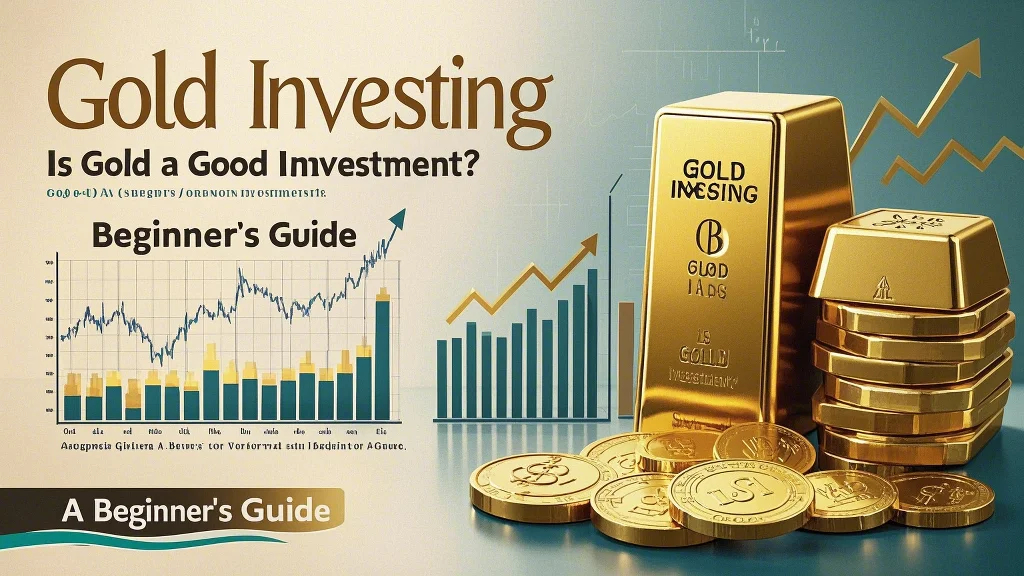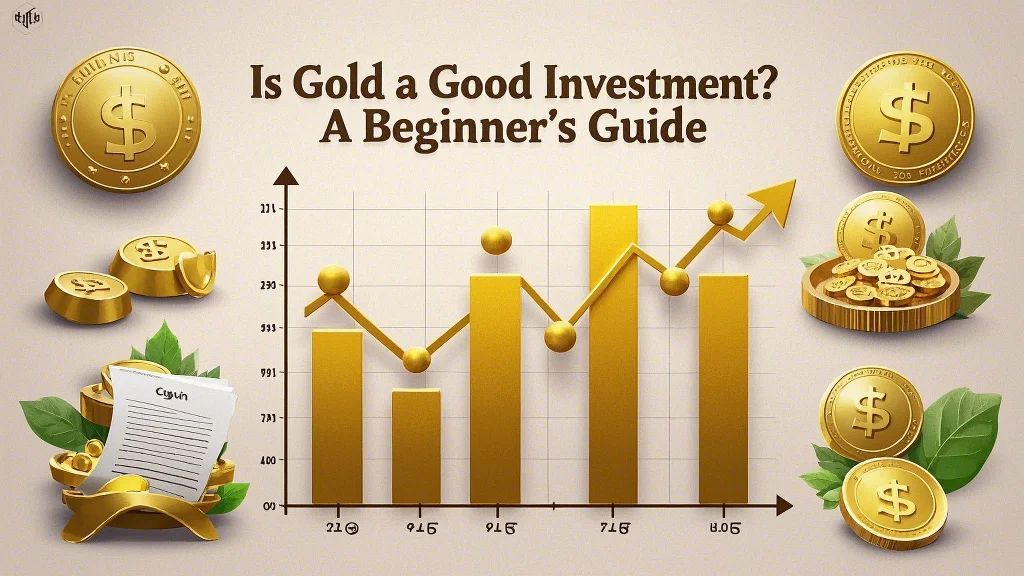Understanding the Basics of Gold Investing
In the world of investment, gold investing has long been considered a safe haven during times of economic uncertainty. This precious metal has maintained its value over centuries, making it a popular choice for investors seeking stability. The best gold investments often come from a combination of physical gold holdings and gold-related financial instruments, providing both security and liquidity.
One of the key advantages of gold investing is its ability to act as a hedge against inflation and currency fluctuations. When paper currencies lose value, gold often maintains or increases its purchasing power. Additionally, gold has a low correlation with other asset classes, making it an excellent tool for portfolio diversification. However, it’s important to understand that gold prices can be volatile in the short term and may not always move in the expected direction.
Exploring the World of Precious Metals Investment
Beyond gold, precious metals investment offers a broader range of opportunities for investors. This category includes silver, platinum, and palladium, each with its own unique characteristics and market dynamics. The best precious metals investments often come from a deep understanding of industrial demand and supply factors.
One of the most valuable aspects of precious metals investing is the dual role these metals play as both financial assets and industrial commodities. Many precious metals have significant industrial applications, which can drive demand and price movements. Additionally, the physical nature of these investments provides a tangible asset that can be held outside the traditional financial system. However, it’s crucial to understand the storage and insurance requirements associated with physical precious metals investments.
Understanding the Role of Commodities Investing
In the broader context of commodities investing, gold and other precious metals represent just one category of available opportunities. This investment class includes energy products, agricultural goods, and industrial metals. The best commodities investments often come from a combination of fundamental analysis and understanding of global economic trends.
One of the key advantages of commodities investing is its potential to provide protection against inflation and economic uncertainty. Many commodities have intrinsic value and are essential to global economic activity, making them less susceptible to the same risks as financial assets. Additionally, commodities can offer diversification benefits to traditional stock and bond portfolios. However, it’s important to understand the unique risks associated with commodities, including price volatility and the impact of geopolitical events.

Navigating the World of Alternative Investments
As part of a diversified investment strategy, alternative investments like gold and commodities can play an important role. These assets offer the potential to reduce overall portfolio risk while providing exposure to different market dynamics. The best alternative investment strategies often combine various asset classes to create a balanced and resilient portfolio.
One of the key considerations when investing in alternative assets is understanding their unique risk and return characteristics. Many alternative investments have longer holding periods and may be more difficult to value or sell quickly compared to traditional investments. Additionally, the due diligence process for these investments often requires specialized knowledge and expertise. However, for investors with the appropriate risk tolerance and investment horizon, these assets can offer valuable diversification benefits.
Exploring the Niche of Investing in Luxury Assets
Among the various alternative investment options, investing in luxury assets has gained popularity as both a passion investment and a wealth-building strategy. This category includes items like fine art, rare wines, and collectible cars. The best luxury asset investments often combine scarcity, craftsmanship, and historical significance.
One of the key advantages of luxury assets investing is the potential for both financial returns and personal enjoyment. Many investors in this space are passionate about the items they collect, adding an emotional dimension to their investment strategy. Additionally, the global market for luxury assets continues to grow, driven by increasing wealth in emerging markets. However, it’s important to approach these investments with careful research and an understanding of the specific market dynamics for each asset class.
Building a Comprehensive Investment Strategy
Creating a successful investment strategy requires careful consideration of various factors, including risk tolerance, investment horizon, and overall portfolio objectives. It’s important to approach alternative investments as part of a broader investment strategy rather than in isolation. Regular reviews and adjustments to the investment allocation are essential for staying aligned with changing market conditions and personal financial goals.
Another important aspect of investing is staying informed about new opportunities and evolving market trends. The investment landscape is constantly changing, with new asset classes and investment structures emerging regularly. By staying educated and working with knowledgeable professionals, investors can make more informed decisions about incorporating various investment options into their portfolios. Remember, while alternative investments can offer attractive opportunities, they should be approached with careful consideration and as part of a well-diversified investment strategy.
